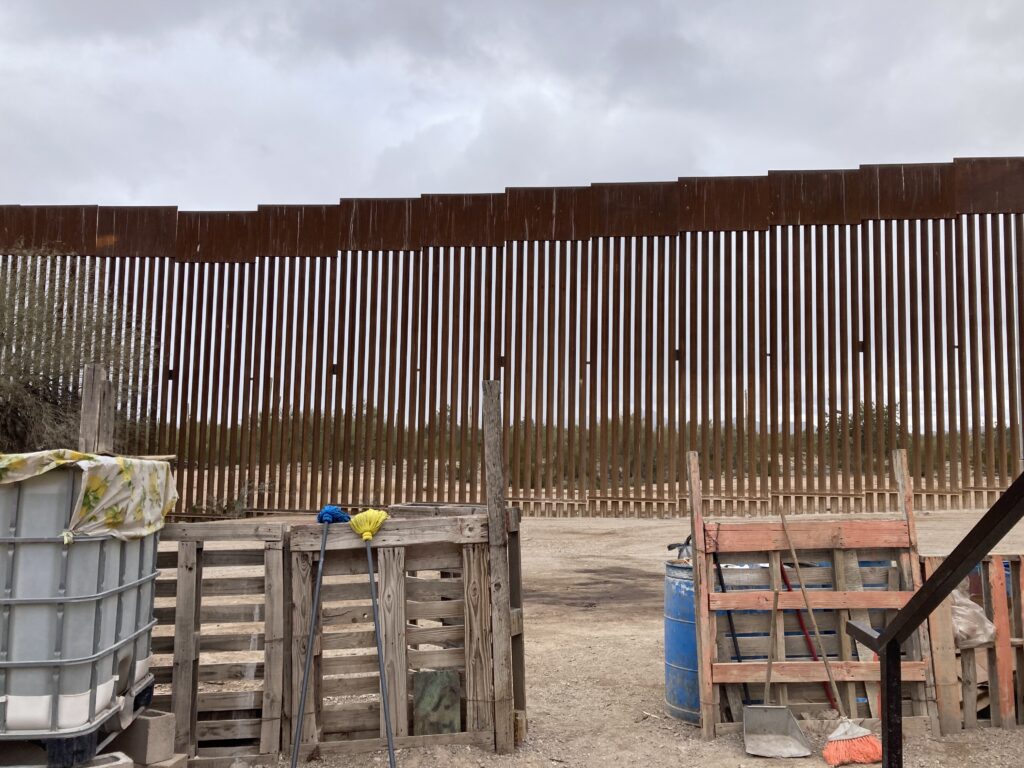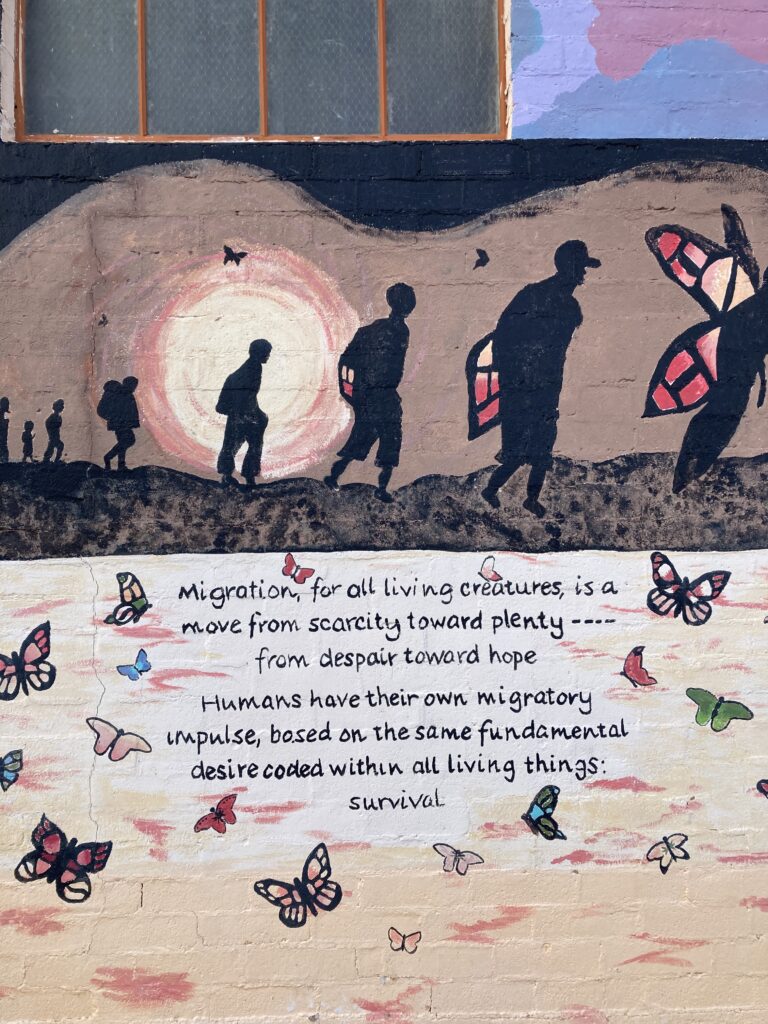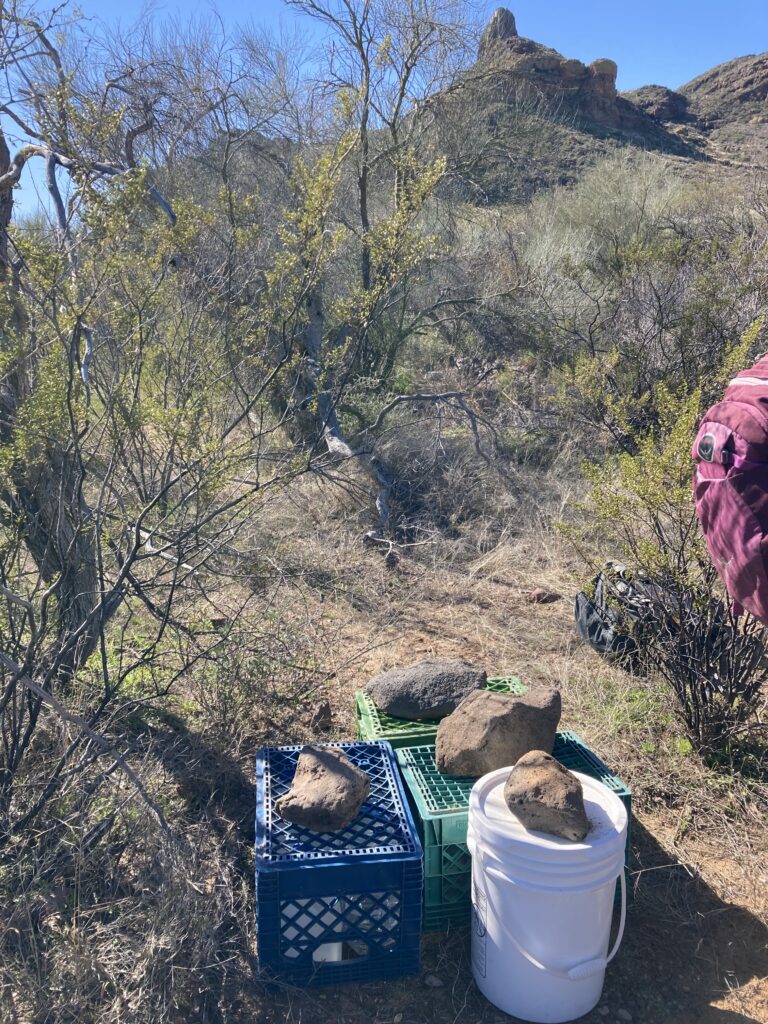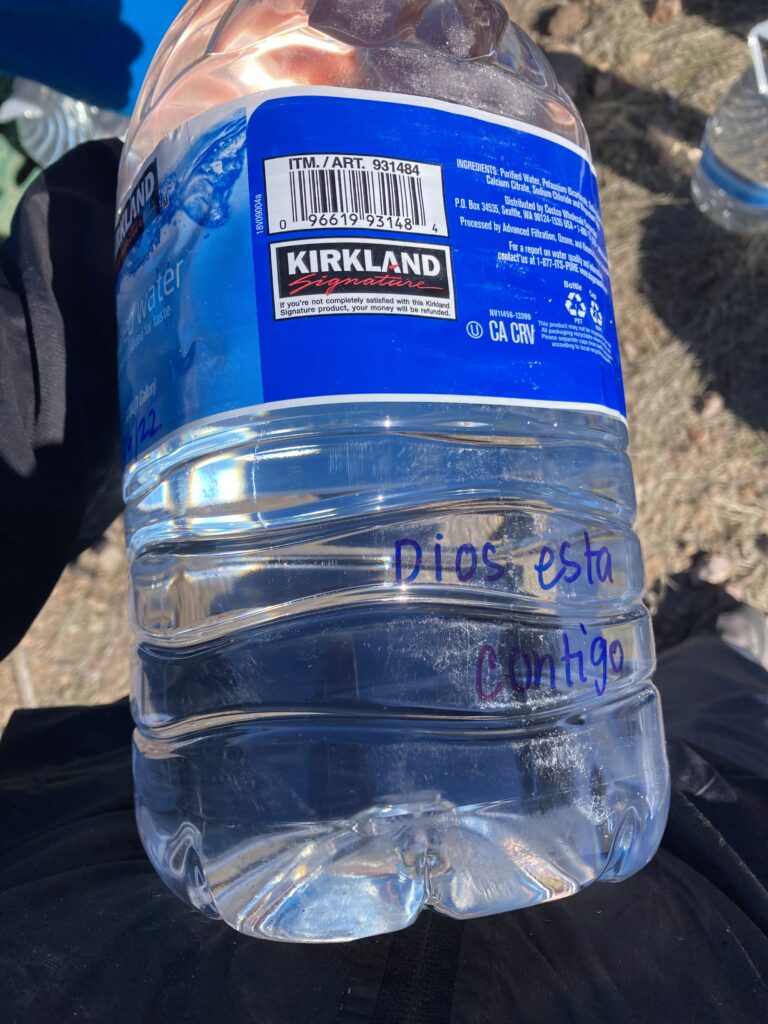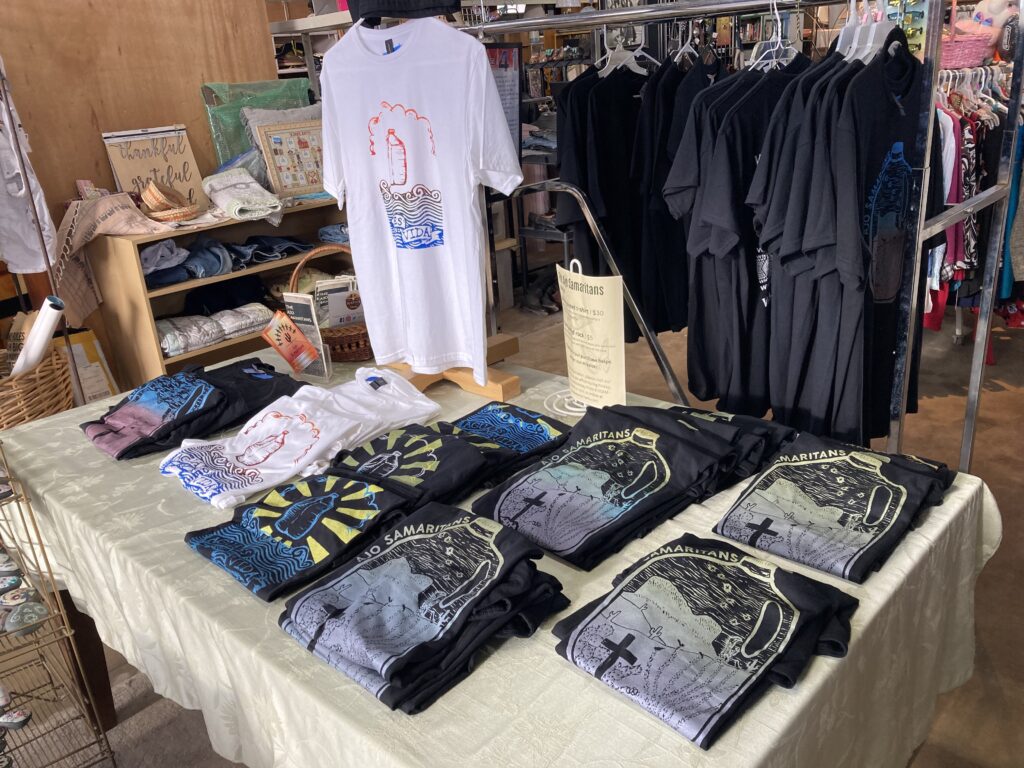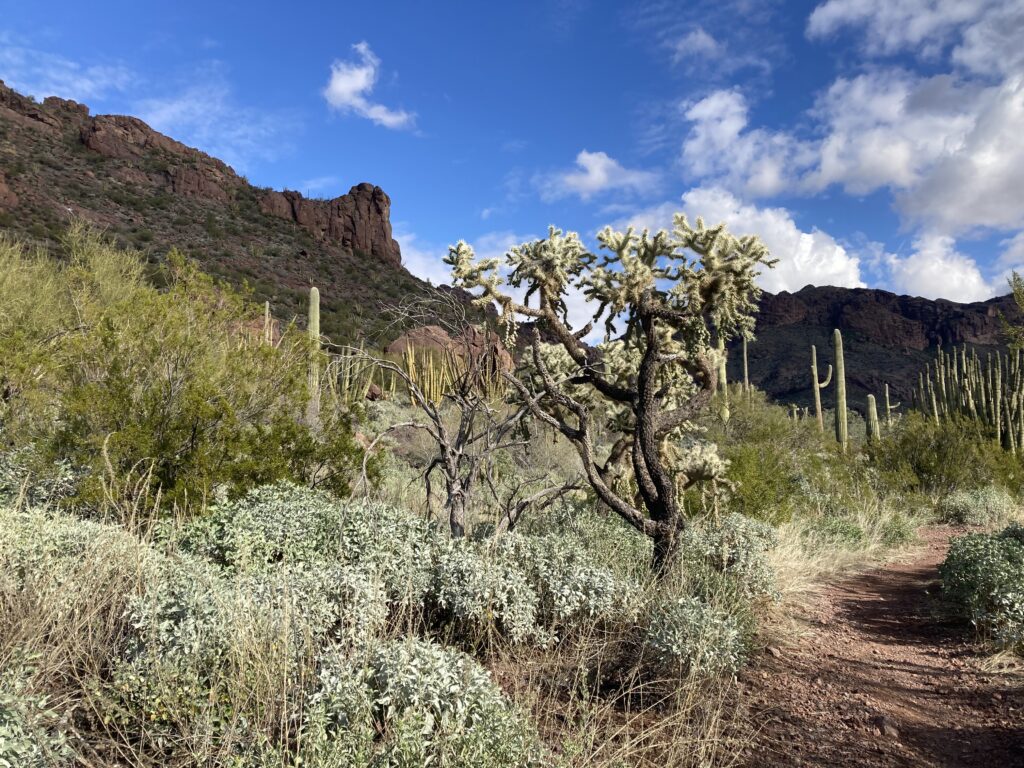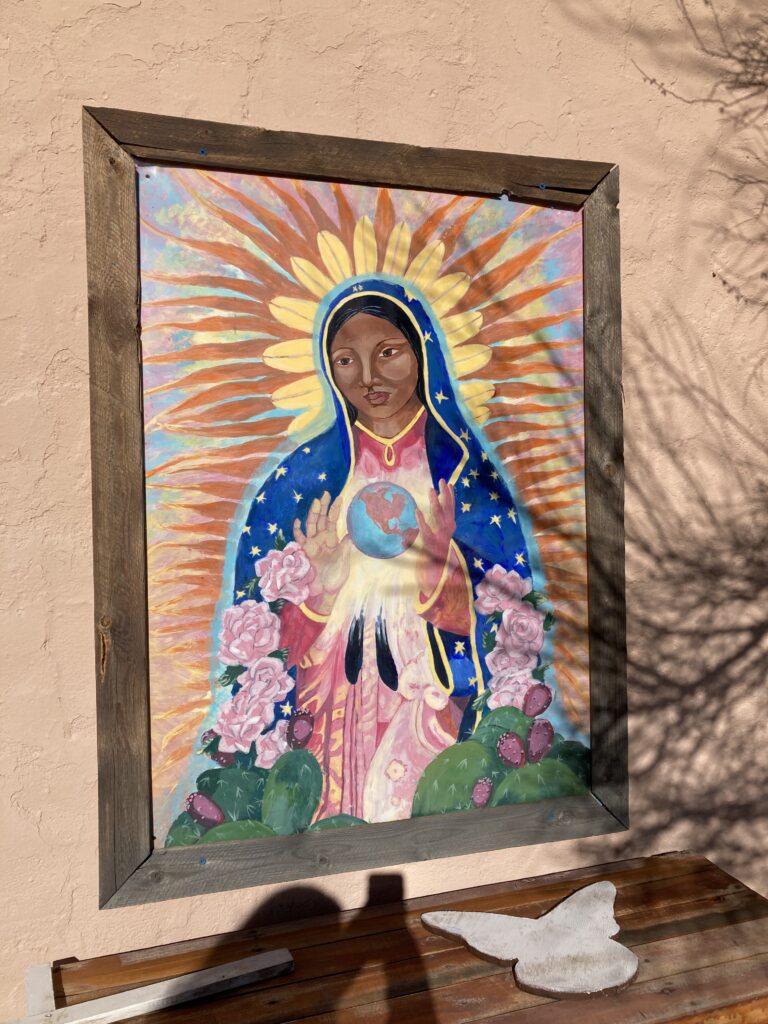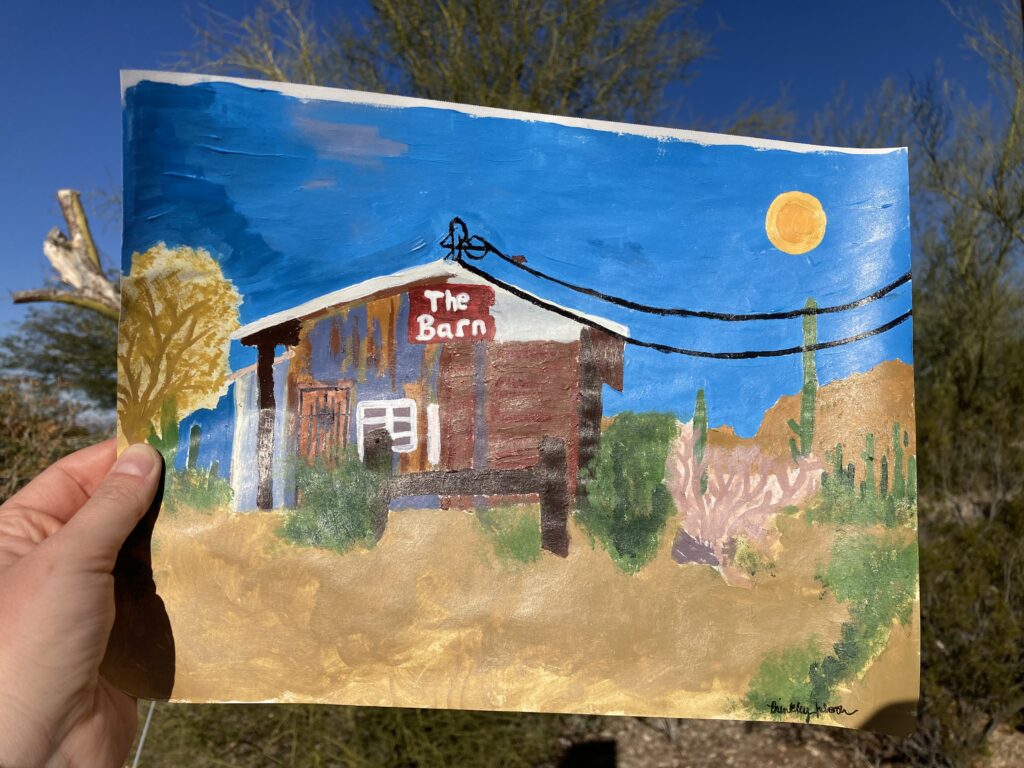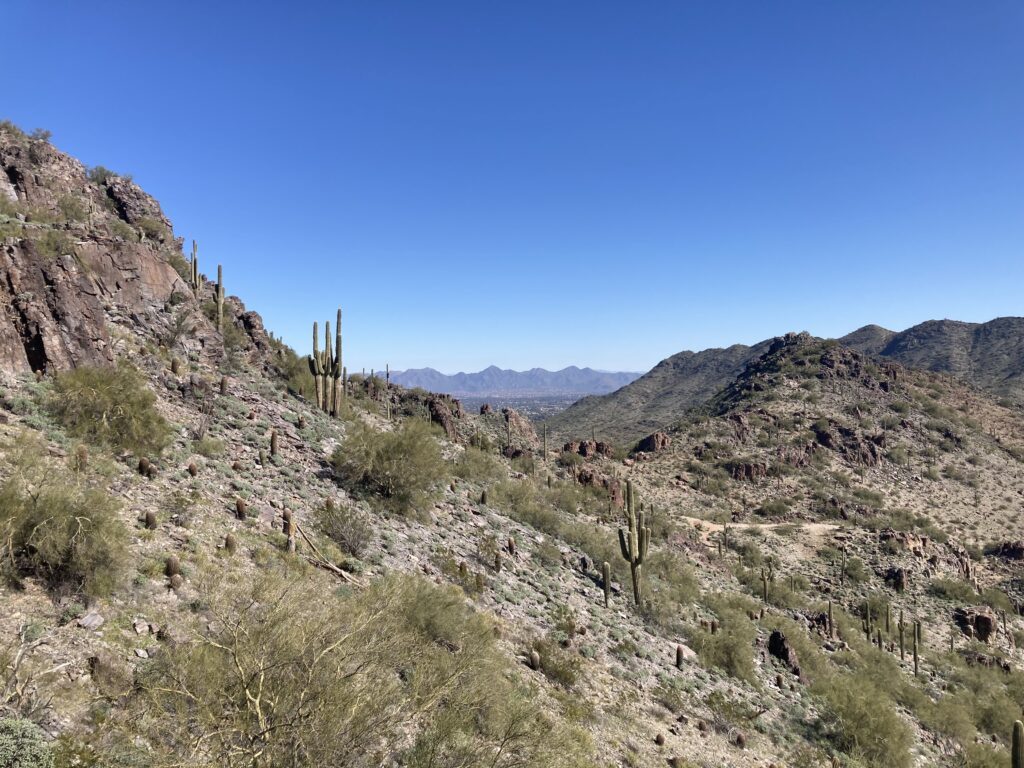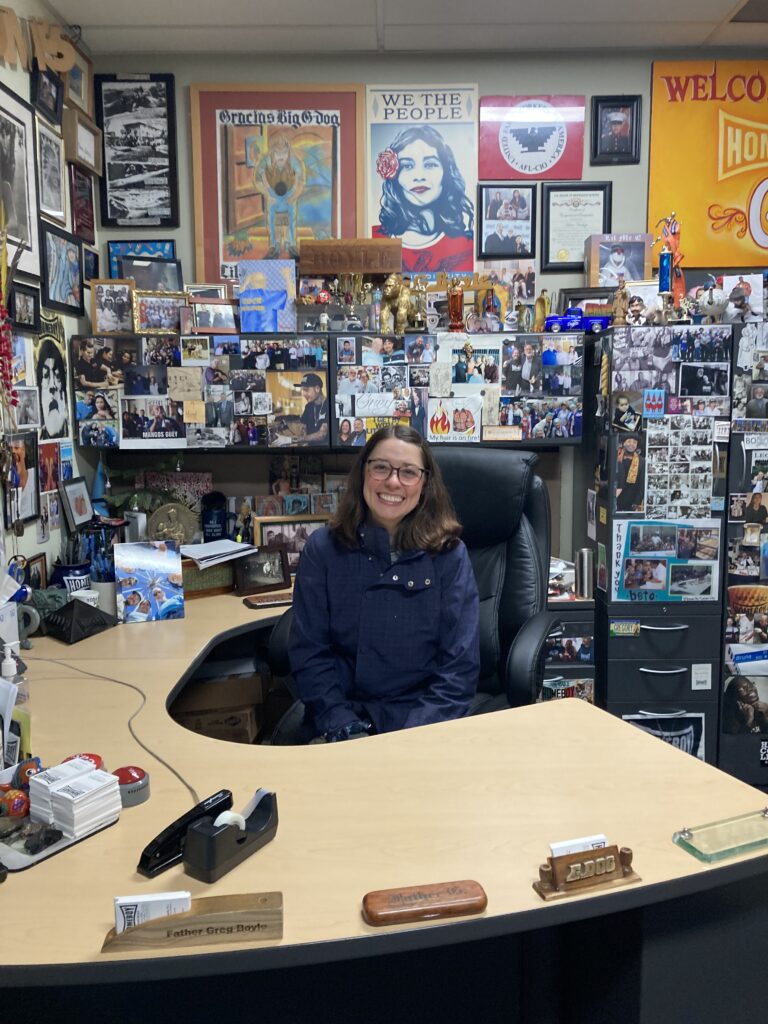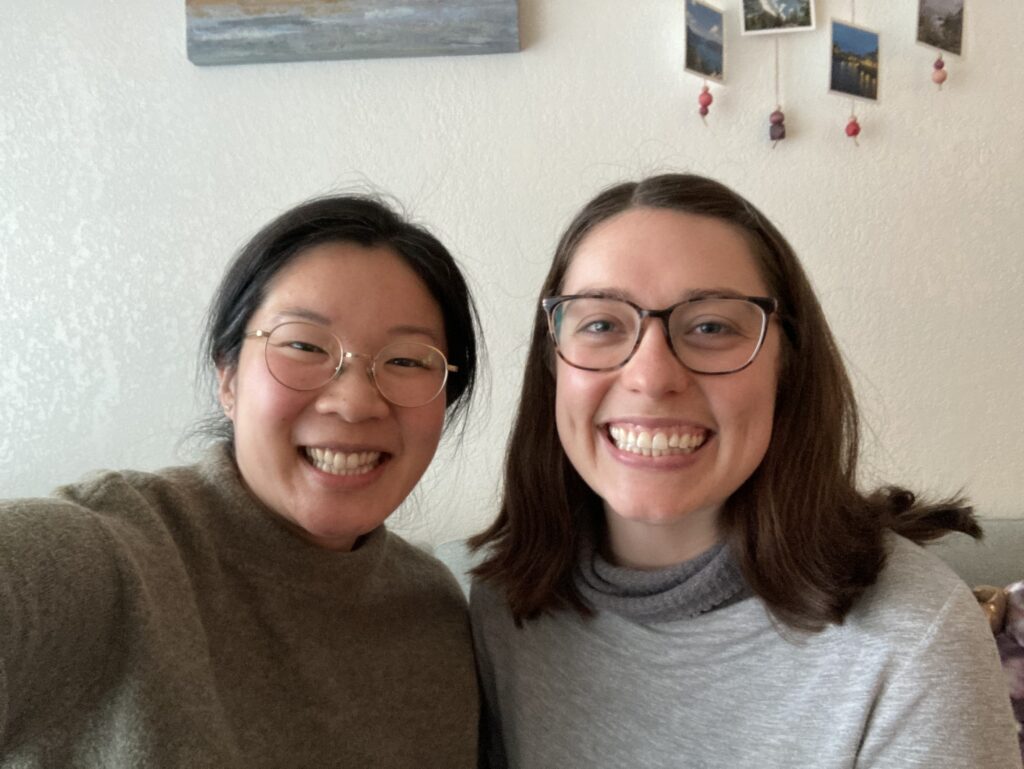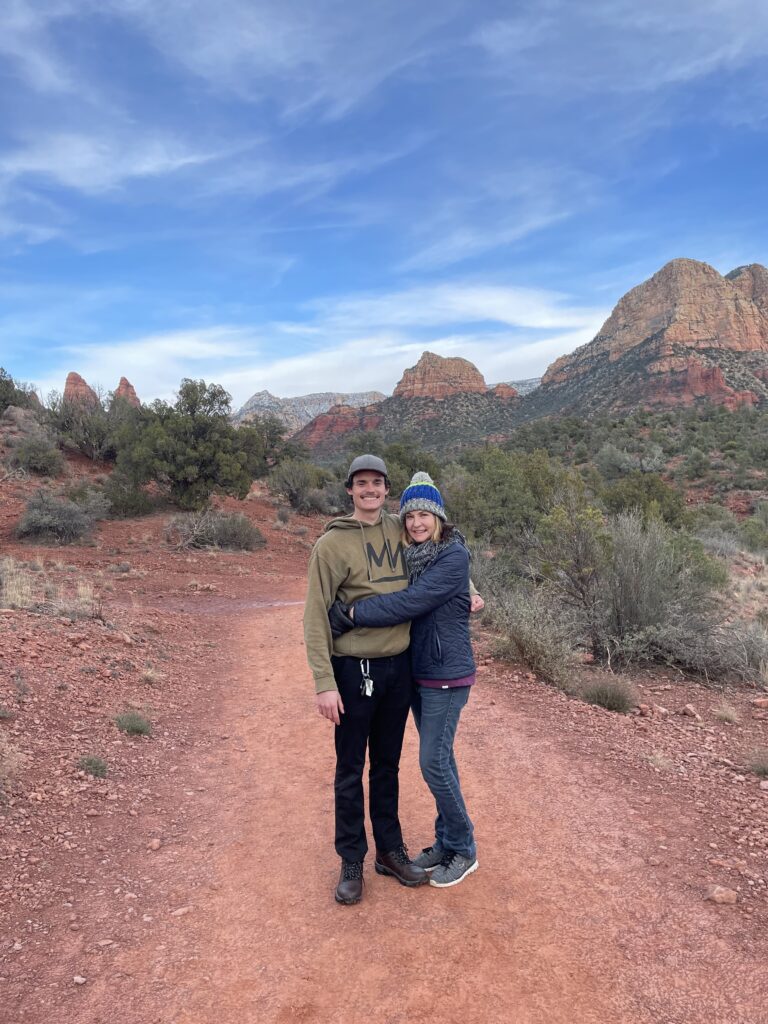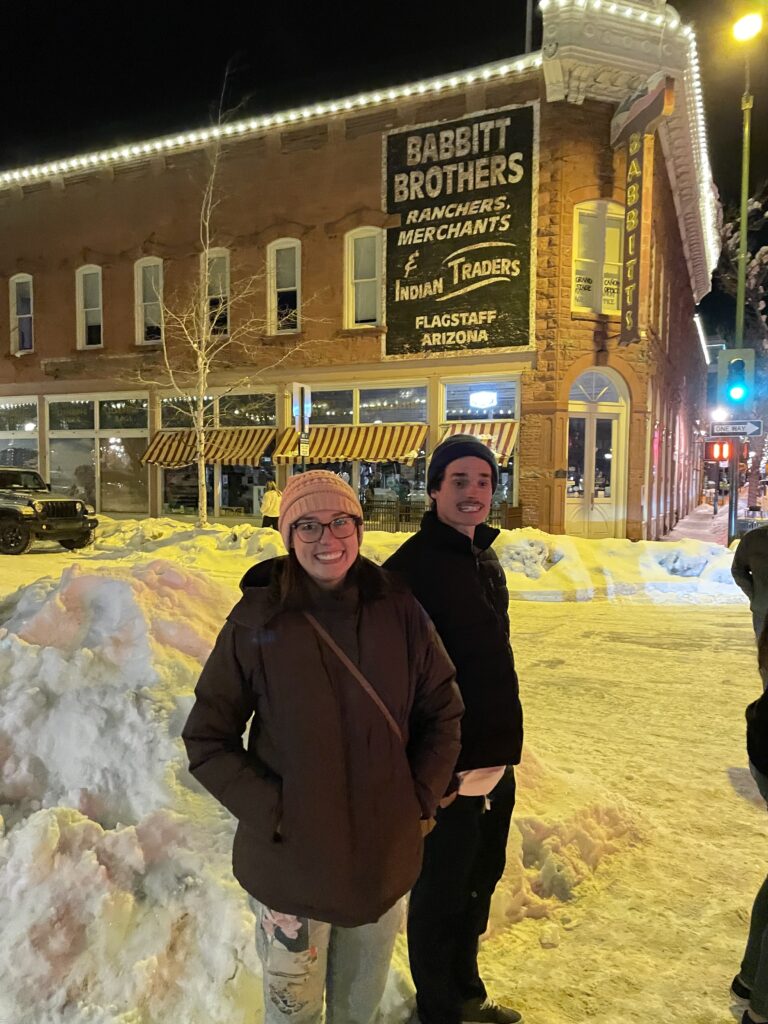From Ajo, I journeyed north-east to Tucson, where I was received by a delightful friend Nicky Manlove, with whom I sang in the Chapel Choir at Seattle University for four years, and her partner, Davon. For 11 days, I enjoy their delightful home filled with countless houseplants, the abundance of green in contrast to the hues of light brown and concrete that characterize urban Tucson. We watched shows and movies, I connected with Humane Borders and Casa Alitas, I met more people who gifted me their smiles, their stories, their blessings on my journey.
I had a lot of free time in Tucson, which I was so excited to dedicate to writing, but I was only able to catch myself up to about halfway through my time in Ajo. I kept feeling a block, feeling disconnected, directionless. I was disappointed with myself because I hadn’t blogged, hadn’t posted, hadn’t created content and wasn’t making any revelatory discoveries or reading books (faster) or practicing guitar. I distracted myself by hand washing dishes instead of placing them in the dishwasher.
I tried to tend to the disturbance in my affect and had some lovely adventures as a result. I cooked delicious soups, spent time outdoors, visited the beautiful Parish of St. Kateri Tekakwitha for Mass. I traveled to Douglas, AZ for a night to spend time with Sr. Judy Bourg (who I met in Ajo) and visit the migrant resource center just next to the port of entry in Agua Prieta, Sonora, where the recently deported can find coffee, a hot meal, bandages for their wounds, safe space and a pause to plan the next steps. I was graced with beautiful religious art, long drives in the desert expanse, blooming ocotillo thanks to the abundant rain!!
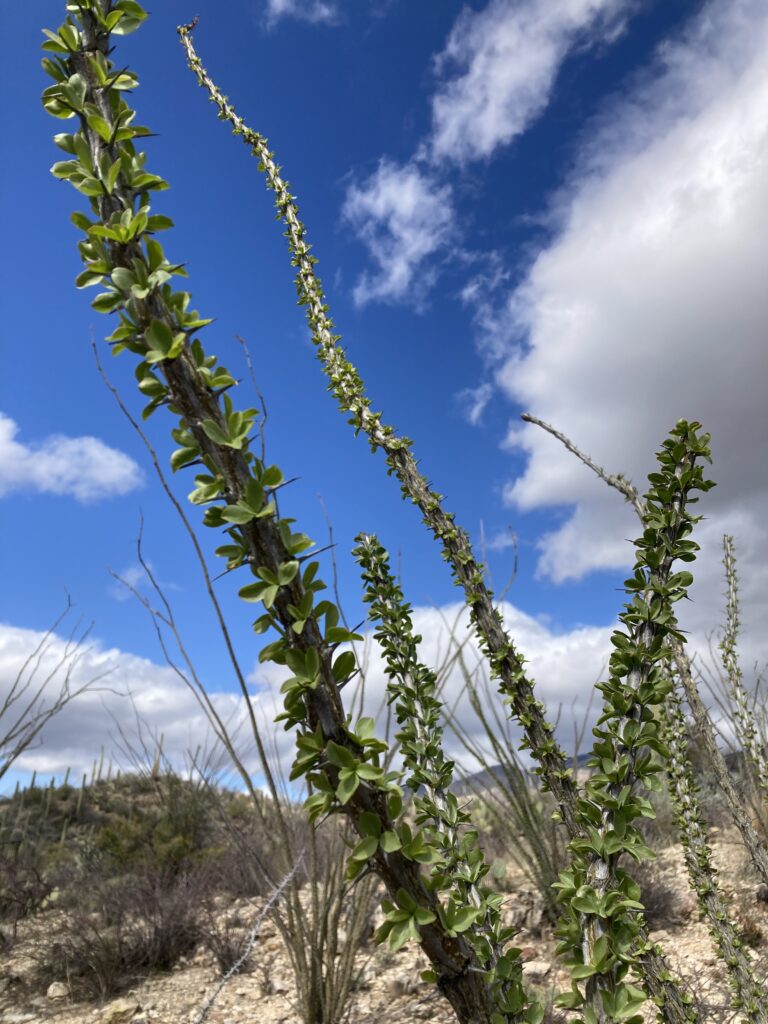


With Humane Borders, I got to meet more inspirational people on two different water runs – one to service established water stations on a 5 hour driving route, and another to hike gallons out into a remote trail on foot. We again spent hours in provocative, meaningful conversation. “War is about letting the rich get what they want” says Rebecca, who takes me and another visitor from Wisconsin on the hike. I realize that that is true. I realize that human history is, disappointingly, cyclical. As we enter the rabbit hole on the long drive out to the trail head, I think a lot about how much U.S. policy in response to immigration and guns is so beneficial for the international criminal organizations (cartels) that effectively rule much of Latin America. I think they must be so glad each time the American government puts more restrictions on asylum-seekers and refugees, each time Greg Abbott says he can’t raise the minimum age for the purchase of assault-style rifles, each time we fail to address mental health and drug use (or the abuses of the pharmaceutical industry) in our communities in a large-scale, meaningful way. These decisions create such a lucrative business for the criminal organizations, who celebrate with their profits of American currency and their arsenals of American-made weapons.
For a capitalist free-market government so obsessed with supply & demand economics, we surely miss the mark when it comes to trying to fight the cartels with border security and arms and military training in Mexico and beyond, I think. But I am not an expert, by any means… I just have my thoughts, and of course sharing these thoughts does not really lead to anything, but I believe that truth-speaking is the first step and so I keep oversharing my unprofessional opinions whenever I get the chance.
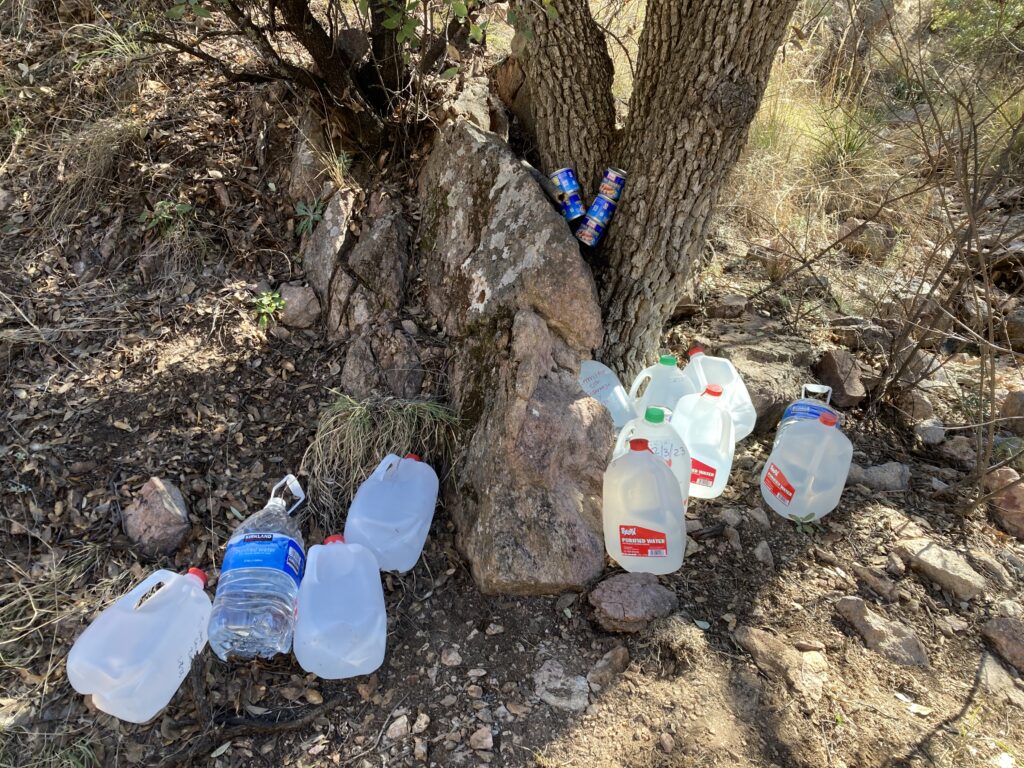
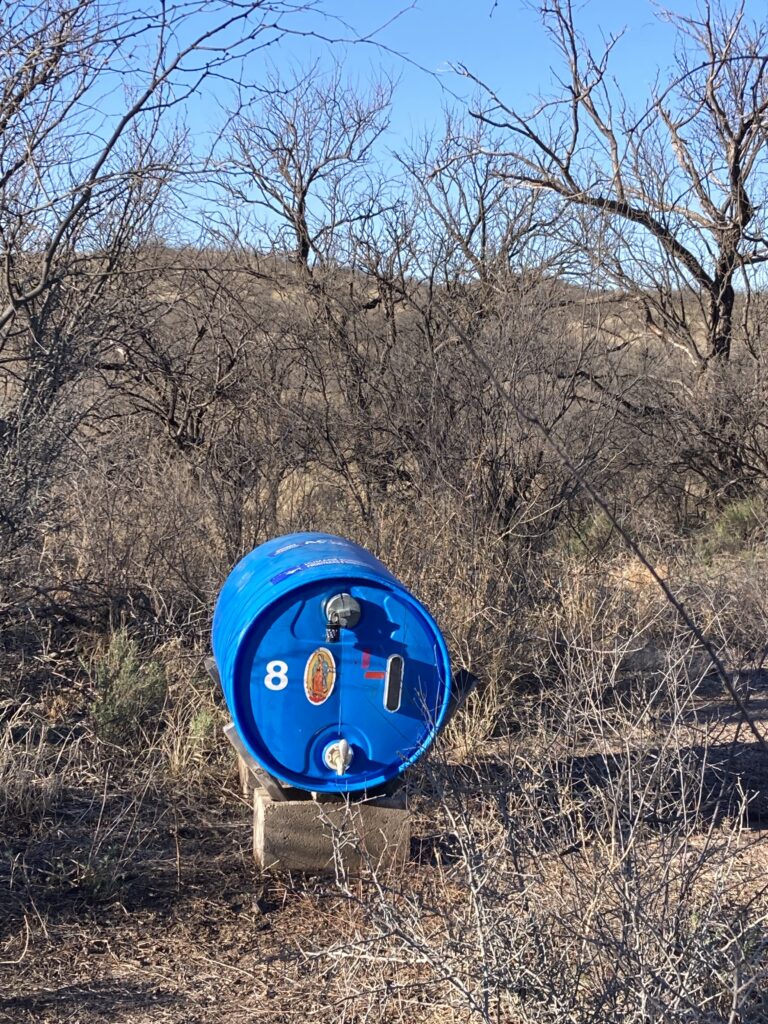
At Casa Alitas, a shelter run by Catholic Community Services of Tucson that receives people being released from immigration processing, I spend most of my (4) shifts as a floater, standing in a big room and waiting for people to ask me questions and showing them to the restroom. It occurs to me that this is the modern day Ellis Island, something I hadn’t really considered in all my years of shelter work prior. It is a welcome center, a pitstop, a quick place of rest and refuge, currently located in a wing of a juvenile detention center. On the walls, there is so much art that has been specially made for the space and caters to its mission. One of the art posters that takes my breath away is called “Sanctuary: the Spirit of Harriet Tubman” with the accompanying poem written by Jan Phillips:
“companeros, take heart – though your roots be torn, they will grow again in new ground and brighter days will rise from the fertile dark.”
“Companeros, animense! aunque esten arrancadas sus raices, brotaran de nuevo en nueva tierra, y dias mejores surgiran de la oscuridad fertil.”
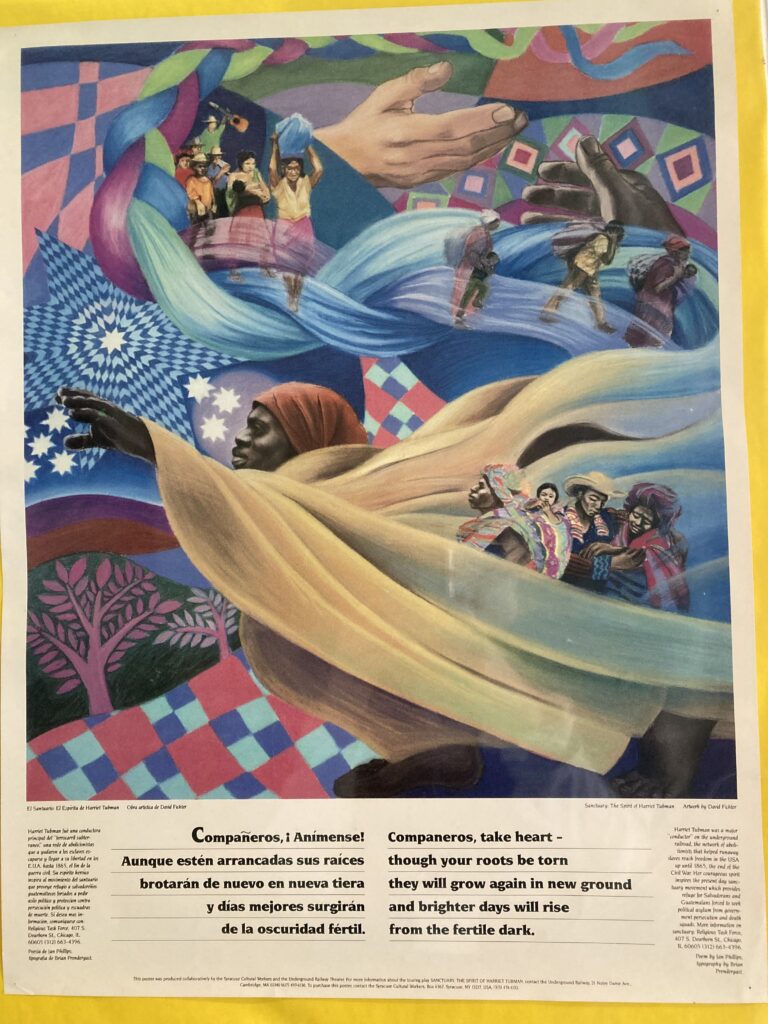
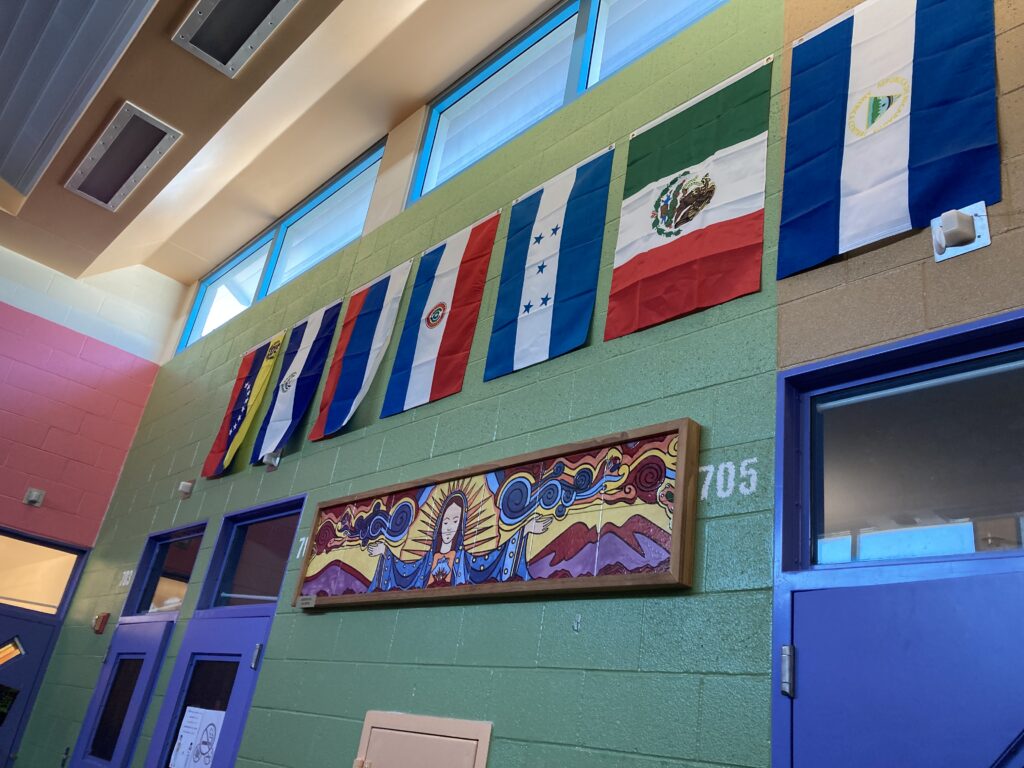
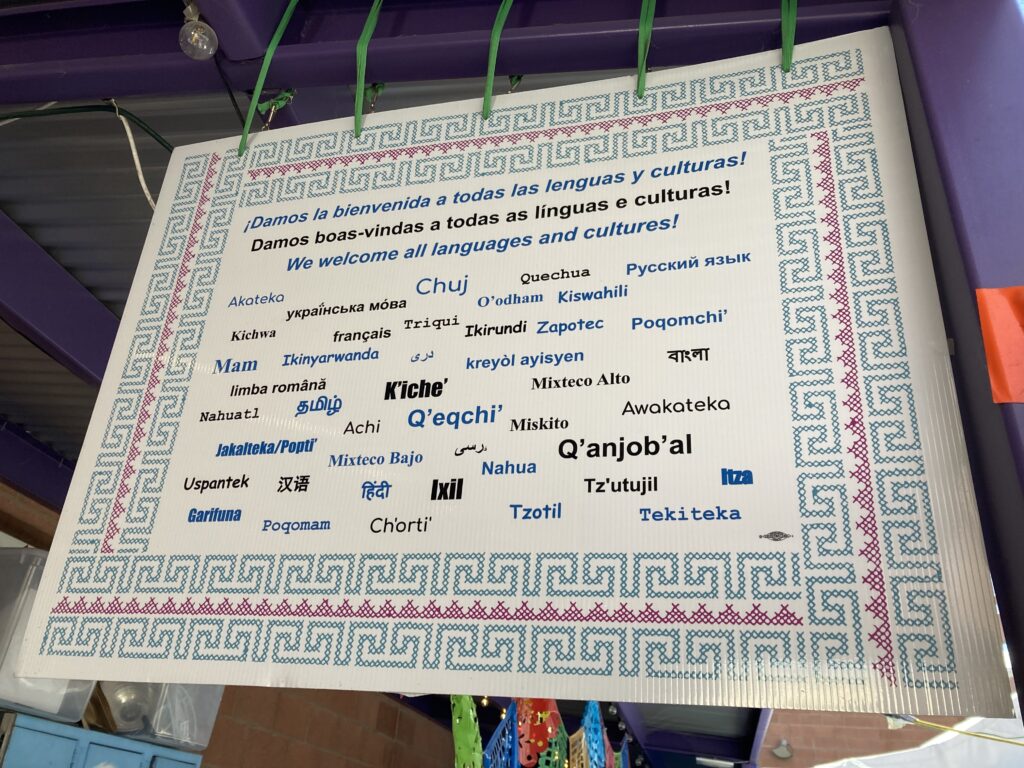
Just a day after I left Tucson and went to Rio Rico to volunteer with Kino Border Initiative in Nogales, Sonora, I was on a walk to clear my mind when I received the call from my mother that my grandfather had passed away. I decided to spend one more night in Rio Rico so I could visit with my former professor, Audrey Hudgins, who I remain so close to and who continues to mentor and inspire me. We are kindred spirits. She is volunteering at Kino and has been since late December (I made sure that I would overlap with her in Nogales before she returned to Seattle – it turned out for less time than I had hoped). She spends the time she is not teaching living out the praxis that she teaches. She tells me on the phone about a month before we see each other, “I have the means and capacity to give a shit, obviously, and so I can’t not give a shit.”
I cross the border and walk two miles to find her in the entrance to Kino’s comedor, and we walk together to the volunteer house. We sit on the roof and share stories, and I talk about the mystery of my vocational work. We had almost an identical conversation in the same town just over three years ago. I am slightly embarrassed to admit I am still in the discovering despite time and jobs and experiences and relationships. She tells me she is glad that I haven’t yet figured it out, because then what would I be doing for the rest of my pilgrimage this year if I had already found my answer.

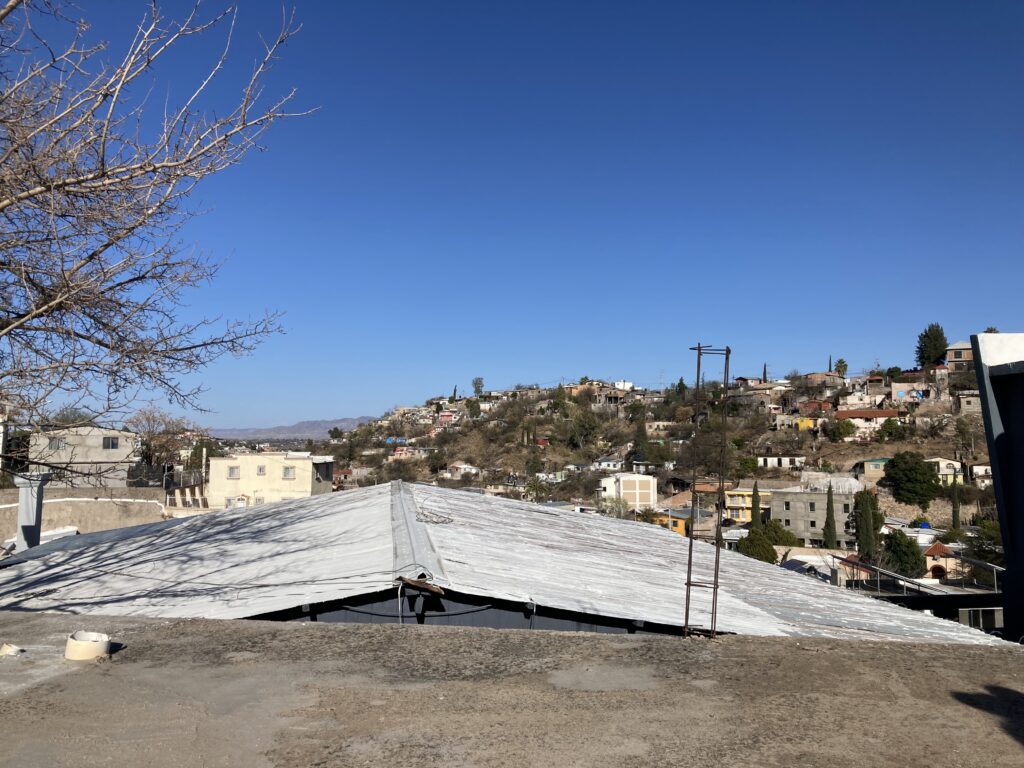
I am so profoundly grateful and overflowing with love for this special person and the others who accompanied me that day, and the next morning I drive back to California with hope and love in my heart.

